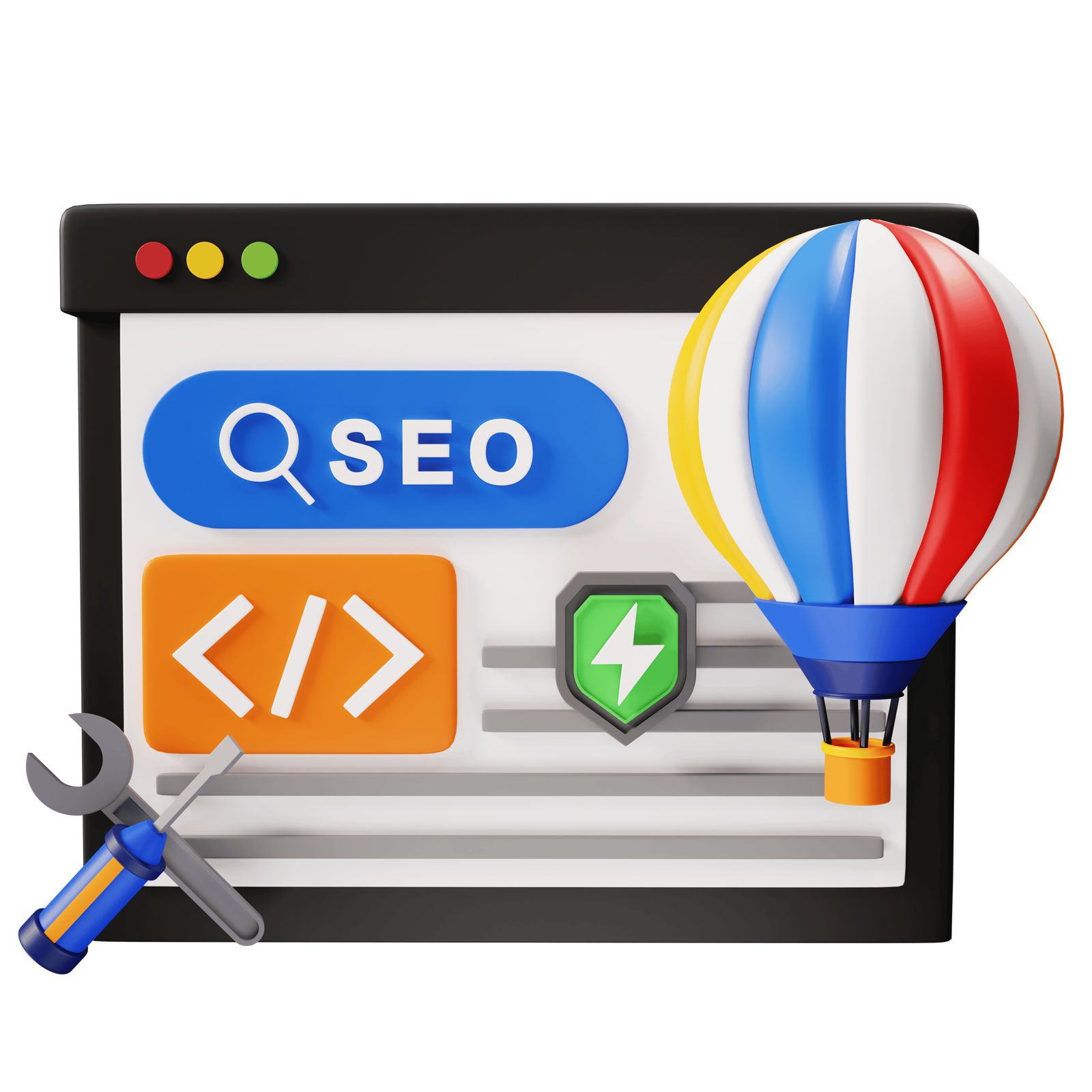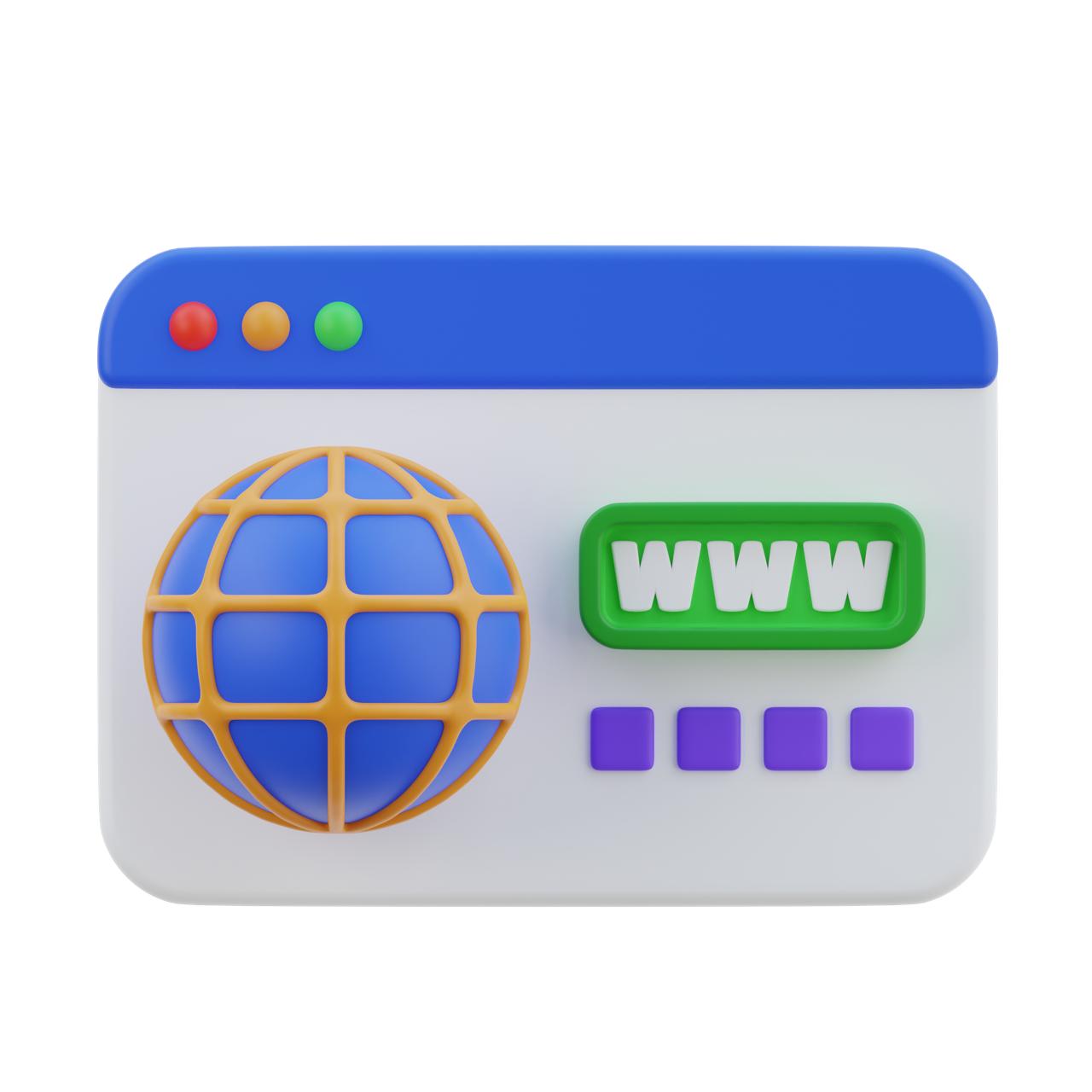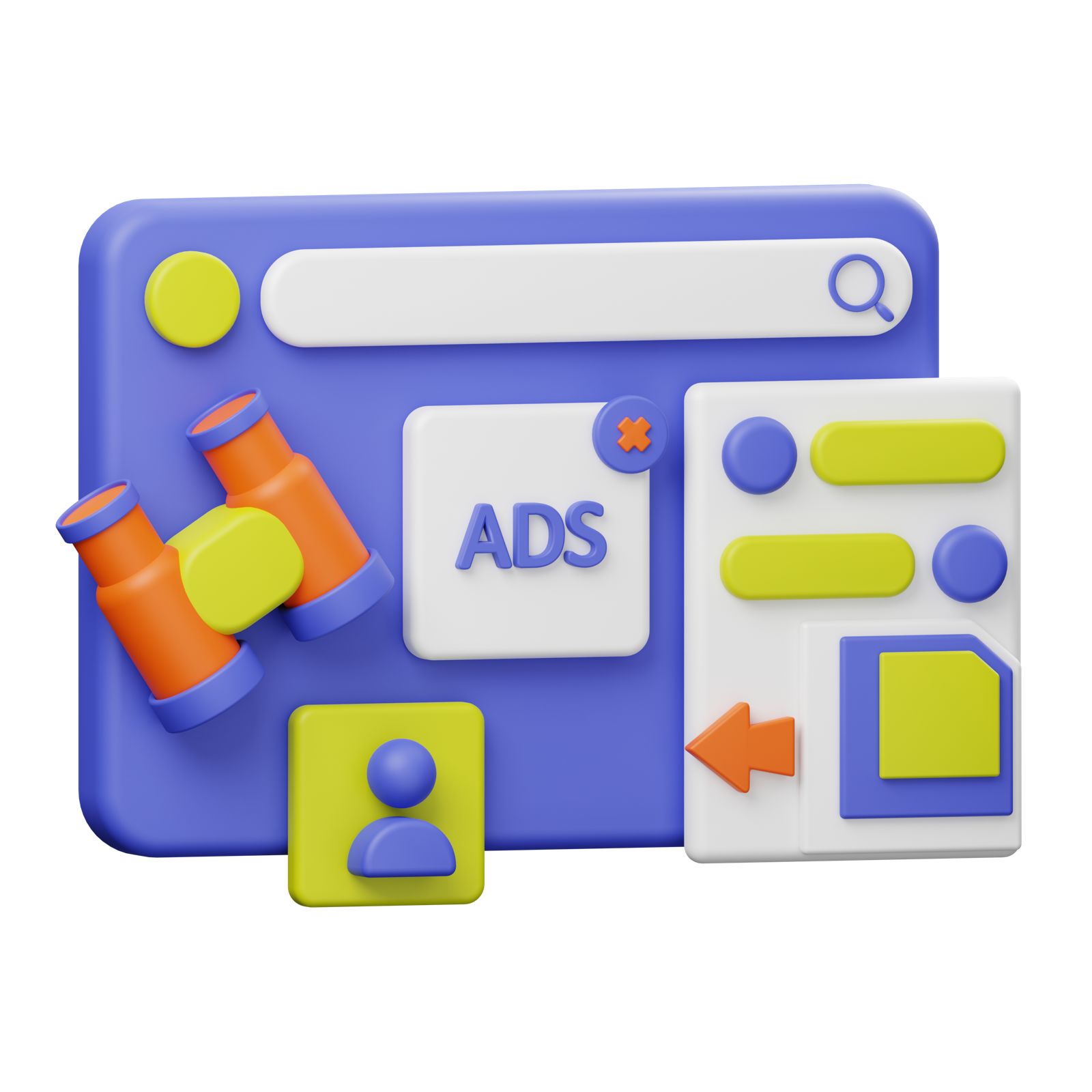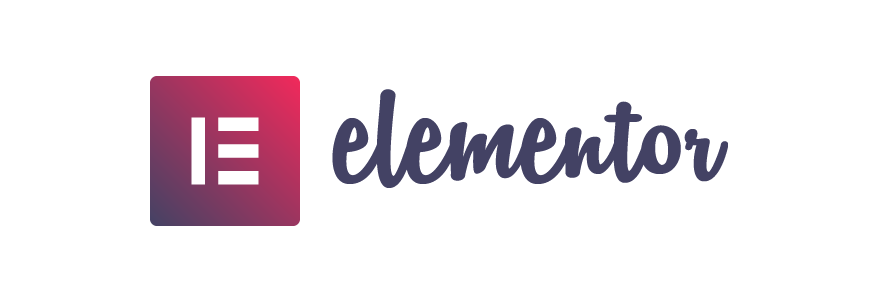Website Design:
How we create sales online?
Why Invest in HLS Website Design Services?
A professionally designed website is more than an online presence. It’s a gateway to reaching your audience effectively, building trust, and driving business growth. Around 6.5 billion people around the world use the internet today according to Statista. Your website is often the first impression potential customers will have of your business.
No matter if you’re a new business or long-standing organization, invest in quality web design services. This investment will turn your site into an engagement powerhouse that draws in, captivates, and converts visitors.
Reach Broader Audience Online
Now more than ever, your website needs to provide a seamless experience to users on every device—from smartphones to tablets to desktops. With responsive design, your site will be easy to navigate on any screen size.
Search engine optimization (SEO) helps you get found. It’s one of the key factors that helps your site rank higher in search results, bringing you targeted, qualified traffic. Combined with SEO strategies like placing keywords, meta descriptions, and a focus on page speed, your shot at a high place in search ranking increases drastically.
Social media integration allows you to connect directly and authentically with your audiences. It brings all that traffic directly from social media platforms such as Instagram, LinkedIn, … directly to your pages.
Improve Credibility and Trust
A thoughtful website design is one of the first ways you can make an immediate, positive impression. If it’s ugly, 66% of your users will be disappointed, and that’s why professionals matter for the aesthetics.
Uniform Branding is essential. Branding, including your logo, colors, and tone of voice on every page creates trust and recognition. Adding testimonials and case studies through the process of this builds trust with your business’s expertise, pushing users to make the next move.
Generate More Leads and Sales
Strong calls-to-action (CTAs) encourage users to perform clear actions. For one, they guide visitors to perform an action, such as subscribing to a newsletter or completing a purchase.
Optimized landing pages convert visitors into leads by addressing their needs directly. Analytics tools such as Google Analytics can track user behavior, allowing you to identify the strategies that bring in the most conversions and refine your approach accordingly.
For instance, sometimes changing CTAs or making navigation clearer can lead to better results right away.
What Website Design Services Include?
Website design services involve multiple intentional and collaborative processes. These processes work together to produce a lucrative, effective, aesthetic, easy to use website. From conceptualization to post-launch support, these services address both technical and creative aspects to meet business objectives while enhancing user experience.
Planning and Strategy
The key to any successful website starts with a thorough website strategy based on your business objectives and audience priorities. Market research plays a key role, guiding the design process to better understand user preferences and overarching industry trends.
When clear timelines and milestones are set, projects remain on track and make consistent forward momentum. For example, mark-up contact or about pages so important visitor information is easily found and flows as expected.
Visual Design and Branding
A unique visual identity is the foundation of good web design. It includes things such as color palettes, fonts, and imagery that authentically represent brand identity. Mood boards, logo development, and graphic design elements all play a part in developing strong branding.
Functional aesthetics are a priority, so navigation menus and other dynamic elements are made with clarity and usability first.
Content Creation and Optimization
High-quality content engages users and supports SEO efforts. Blogs, multimedia, and optimized metadata ensure search engine visibility and help keep audiences engaged over time.
Stock imagery and video really enhance the site’s life, too, giving it a rich, professional, polished aesthetic.
Technical Development and SEO
The combination of custom coding and integrated UI/UX designs guarantees smooth functionality along the way. Features such as responsive design, seamless SSL certificate integration, and API integration make sites more secure and compatible.
SEO elements such as meta tags and structured data help improve your search rankings, and they are very helpful in increasing your credibility.
Testing and Launch
Our thorough testing ensures all issues are fixed and everything is working smoothly before your new website launches. Continued stakeholder feedback hones the site further, preparing it for a smooth rollout.
Seamless and strategic launches ensure your site makes the biggest impact possible, usually paired with Google Business Profile setup to ensure local visibility.
How Can Website Design Services Help?
Website design services play a pivotal role in shaping a business’s online presence, directly impacting its ability to attract, engage, and convert users. By harnessing the specialized knowledge of professionals, businesses are better equipped to address intricate design issues and deploy targeted solutions that align with unique requirements.
The right website design services greatly enhance web form conversion rates and user experience. It’s in step with omnichannel marketing trends to develop integrated advertising and branding and foster consumer trust.
1. Understand Your Business Goals
When done collaboratively, web design can serve as a powerful vehicle to drive you toward your goals – whether that’s boosting sales pipelines or establishing more credibility.
As you continue to revisit goals, your strategies will be more responsive to changing needs, allowing for continued growth and measurable success.
2. Craft a Unique Brand Identity
Strategic design communicates your brand’s personality, values, and level of professionalism. Uniform branding on all digital platforms creates a sense of trust, allowing you to shine in crowded markets.
3. Design for Optimal User Experience
Inclusive user-centric design puts an emphasis on easy navigation and robust accessibility, keeping the experience smooth for every user–especially those living with disabilities.
Taking this holistic approach is resulting in higher levels of satisfaction and deeper, more meaningful engagement.
4. Implement Effective SEO Strategies
Incorporating SEO from the start, during the design process, enhances visibility, leading to higher traffic and conversions.
Continuous monitoring ensures alignment with current trends, maximizing long-term results.
5. Ensure Mobile-Friendly Design
Responsive techniques solve critical functionality problems on mobile devices, improving usability and increasing engagement.
We all know how faster load times lead to lower bounce rates and a better user retention.
6. Integrate Key Functionalities
Features such as e-commerce solutions, contact forms, and social media integration increase user engagement, leading to improved conversion rates and increased sales.
7. Provide Ongoing Support and Maintenance
Regular security updates protect sensitive data, ensure optimal performance, and adapt to new threats.
8. Track and Analyze Website Performance
Analytics and KPIs drive continuous improvement, making sure your website is doing its job in the most effective and competitive manner possible.
Key Elements of Effective Web Design
A well-designed website serves as a critical asset for businesses in today’s digital world, connecting brands with audiences and driving engagement. Effective web design goes beyond aesthetics. It integrates functionality, usability, and security to create a seamless user experience.
Every element of the design needs to fit together seamlessly to deliver on aesthetics while still being functional and effective.
Visual Appeal and Aesthetics
An aesthetically pleasing design stops users in their tracks and leads them to linger on your site more. Using color theory and a balanced layout will transform communication by leading the viewer’s eye in a way that feels organic.
Contemporary principles, for instance, contrast provided by complementary colors helps content stand out, while ample whitespace removes visual distractions for a more focused experience. Continually revisiting and updating designs not only maintains their freshness, but ensures ongoing relevance and appeal.
This angle is key to attracting and holding a user’s attention.
Intuitive Navigation and Usability
User-friendly navigation plays a huge part in leading users through a site quickly and directly. Tools like search bars and filters help users locate information quickly, which is vital given that users often satisfice, choosing the first reasonable option.
Testing navigation with real users, such as asking them to complete tasks on a non-English page, highlights areas needing improvement.
Compelling Content and Messaging
High-quality, engaging content that is relevant to your audience gets their attention. Storytelling creates emotional connections, and consistently updated content creates a reason for return.
Breaking up text into easily consumable chunks helps with understanding, particularly as users tend to skim pages looking for important pieces of information.
Fast Loading Speed and Performance
Image and code optimization minimizes loading times, resulting in a major increase in user retention. In fact, even a tenth-of-a-second speed increase results in more than an 8% increase in conversion rates for retail sites.
Excellent hosting makes sure that downtime doesn’t happen so your site continues to work at all times.
Security and Data Protection
Being transparent and protective with user data creates a level of trust. Encryption, through security measures including SSL certificates and being up-to-date on protocols, helps protect privacy.
Educating clients about data protection maintains long-term site integrity.
Website Design Process: A Closer Look
The process of building a website is a rigorous, yet creative, procedure that molds concepts into a tangible, sleek online entity. This process is made up of different phases and allows us to go from idea to implementation without skipping a beat, with attention paid to function and form equally. A top-notch website design process is critical to making it happen.
Indeed, 94% of first impressions are design-related and users make these determinations in less than one second!
Initial Consultation and Discovery
The discovery phase is essential to ensuring you build an engaging site that serves your users. During this process, we have extensive conversations to learn about your business objectives, audience demographic, and goals within the marketplace.
This phase will help you align your site goals with what’s possible, as well as reveal important considerations like branding and site functionality. Defining the project scope and timeline at this stage avoids costly changes later, much like revising a house blueprint halfway through construction.
Wireframing and Prototyping
Wireframes are simple layouts that outline your website’s structure, allowing everyone to begin to visualize navigation and content placement. Unlike mockups, prototypes attempt to make an experience feel or function the way it would in production.
For example, testing out mobile designs raises important questions about button size, text readability, and usability. Insight in this stage leads to iterations, setting the stage for a far superior final design.
Design and Development Phases
The shift to development continues the connection between esthetics and purpose. Today, designers and developers work closely together from the start of the project to maintain aesthetic integrity while coding features like responsive layouts and SEO-friendly components.
Optimizations like compressed images, Javascript—and CSS if you’re using it—make for speedy load times, which is always great for the user experience.
Testing and Quality Assurance
In the absence of extensive testing, it’s easy to overlook bugs and usability issues. Having actual users involved allows for honest feedback for a design to ensure it fits real-world needs before going live.
Launch and Deployment
To ensure a smart rollout, we carefully track new releases, fixing potential problems as soon as we identify them.
Post-Launch Support and Updates
Ongoing support involves troubleshooting issues, refreshing content, and improving functionalities through user feedback.
How to Choose the Right Partner?
Choosing the right web design partner is one of the most important choices a business can make that will ultimately impact its digital footprint. A thoughtful approach ensures that your chosen agency aligns with your goals and delivers a website tailored to your specific needs.
Define Your Project Requirements
Having a sharp focus on what you need in your project is key. First, consider what you’re hoping to achieve, be that a better user experience, more conversions, or better representation of your services.
Set an honest budget based on the vision you have for your project. Good quality websites start around $16,000 and can go up to $30,000 or more.
Establish key requirements like e-commerce support, mobile friendliness, or compatibility with third-party solutions. Preparing a detailed brief with these specifics helps potential agencies understand your vision and ensures they can meet your expectations.
Review Portfolios and Case Studies
Reviewing portfolios provides a window into an agency’s deep knowledge. Pay attention to the variety of styles and functionalities, a sign that they’ve adapted to different industries.
Case studies offer insight into what you can expect and a closer look at how they’ve tackled tricky challenges for companies just like yours. So, for instance, if you’re in retail, an agency that has e-commerce success would be a worthy top contender.
Check Client Testimonials and Reviews
Consider client feedback your secret weapon. Look for agencies that have dozens of glowing testimonials that speak in detail about their talents, be they creativity, technical prowess, etc.
Marketplaces such as Google or Clutch provide neutral third-party reviews. Look for trends—always getting compliments on communication or always hearing complaints about slow turnaround times should help steer your choice.
Evaluate Communication and Collaboration
When done well, clear and honest communication fosters mutual trust. Determine how easy it is to get in touch with them, and if they have a regular process for providing updates.
Honesty regarding progress, expected timelines and roadblocks along the way is the mark of a true professional. Agencies with well-defined, adaptive project management systems can easily address complex needs from start to end.
Understand Pricing and Payment Terms
Ask for itemized quotes that specify all expenses and no hidden charges. Define payment schedules up front and set expectations accordingly.
By comparing apples to apples across agencies you can better weigh the cost with the expected quality.
Cost Factors for Website Design
Calculating the true cost of website design goes way beyond considering just one or two aspects. Every decision, whether it’s determining the scope of the site, the number of pages or functionality needed, impacts your budget and develops the end result.
By taking stock of these factors, you can translate a programmatic vision into realistic financial goals.
Website Size and Complexity
How large your website will be is a big factor in cost. A small business website with minimal pages and straightforward features might cost $1,000 to $10,000, while a larger site with advanced functionality, like e-commerce platforms or database integration, ranges from $10,000 to $145,000.
For instance, a custom database integration might add $2,000 to $25,000 to the project. Each additional feature, such as interactive media, which costs $250 to $10,000, requires greater time and resources, directly raising project expenses.
Custom Design vs. Templates
Custom designs increase overall cost but strengthen unique branding. Templates, priced between $0 to $500, offer a cost-effective route but may require significant customization, getting you only 50-60% towards your vision.
Custom designs, from $2,000 to $15,000, offer the most immediate and meaningful branding opportunities, allowing you to control exactly how your website looks and feels. Responsive designs, which are crucial to the user experience, tack on another $3,000 to $25,000.
Content Creation and Migration
Whether you’re developing or moving content has an impact on costs, too. Creating professional-grade, SEO-optimized content can drastically increase costs.
Content optimization, particularly when combined with a CMS that costs $2,000 – $25,000, allows for easy updates without having to know code.
SEO and Marketing Services
This is where investing in SEO services typically ranging from $2,500 to $7,500 per month can increase visibility, attracting more traffic to your site. Given that 75% of people never get past the first page of search results, SEO provides value over the long term.
Ongoing Maintenance and Support
Maintenance costs of $0 to $5,400 per year include ongoing updates, security, and performance refreshes. SSL certificates, which are necessary to protect user data, add another $0 to $1,500 per year, highlighting the importance of ongoing professional maintenance.
Benefits of a Responsive Website
Responsive web design ensures a website adapts seamlessly to various devices, creating a cohesive experience for users while addressing critical business needs. Incorporating responsive elements makes a big difference on overall website usability. This single improvement leads to pronounced gains in essential performance metrics including engagement, conversions and search visibility.
Improved User Experience on All Devices
Responsive design makes it easy for users to find what they need and do so with ease no matter what device they’re using—smartphone, tablet, or desktop. Changing designs and features to suit various screen sizes removes the annoyance that often accompanies mobile use, such as zooming in or horizontal scrolling.
A local restaurant website with a strong responsive design clearly knows how to display their menu and reservation making form. It does so beautifully, from a 6-inch phone screen to a 27-inch desktop monitor. Routine responsiveness testing is an important aspect of functionality maintenance.
Even slight adjustments in screen resolution or due to a browser update can have huge effects on functionality. With just one responsive website, you cut the amount of time spent managing it while providing the same high-quality experience to everyone.
Better Search Engine Rankings
That’s because Google loves responsive websites. They are much easier to index and crawl. This synchronization with search engine algorithms increases visibility and makes it more likely to improve rankings.
A more user-friendly experience means lower bounce rates, which subsequently boosts SEO metrics. Imagine a clothing store with a responsive website that makes sure their product pages load in a flash gets the most organic traffic.
Monitoring SEO performance helps identify areas for further optimization, keeping the website competitive.
Increased Mobile Traffic and Conversions
As more internet users browse the web primarily on mobile devices (now over 60% of users!), responsive design has become essential. Clean designs and easy-to-use interfaces keep mobile visitors on the pages longer, increasing conversions.
For example, an e-commerce website that has focused on providing a great mobile shopping experience and an easy checkout process can increase conversions by up to 400%. Analytics offer a look into user behavior, allowing you to make improvements on an ongoing basis.
Reduced Bounce Rate and Higher Engagement
Responsive websites are better suited to loading quickly and displaying content properly, which significantly reduces bounce rates. Customized imagery and user-friendly layouts help attract and retain visitors.
One specific example would be a blog that takes the time to optimize text and images for smaller screens, maximizing the chances of each reader visiting more pages. Continuously reviewing and optimizing user engagement helps to perfect the design to keep users coming back.
How to Maintain Your Website?
Like any great endeavor, maintaining a website requires ongoing attention to be dependable, available and safe, while providing engaging experiences. Without regular upkeep, your site risks losing visitors and facing technical issues that could impact its performance or search engine ranking.
Here are the big picture stages to prioritize as you traverse the scary wasteland of website maintenance.
Regular Content Updates
Regularly updating your website content is key to keeping people on your site and helping you rank in search engines. Map out a monthly or quarterly review to refresh out-of-date information, add in new blog posts, or roll out new products.
If you discontinue a product, remove its listing and redirect it to a comparable product so customers don’t end up frustrated. Use performance metrics, such as page views or bounce rates, to identify pages that are most in need of optimization.
Just like using visuals, improving keywords, or adapting to user feedback can improve engagement.
Security Patches and Software Updates
With 43% of cyberattacks now directed at small businesses, securing your website should be a top priority. Create a schedule to keep software, plugins, and themes updated.
Conducting security audits once a month will help anticipate threats and spot weaknesses. Implement fixes as soon as they’re available and educate your staff on security protocols, like creating complicated passwords and identifying phishing scams.
A proactive approach not only helps you avoid costly data breaches, but it protects your users’ trust and loyalty.
Performance Monitoring and Optimization
Slow-loading websites already cost retailers $2 billion per year in lost sales. Implement procedures and use monitoring tools, such as Google Analytics to gauge site speed and average user behavior.
Fix issues such as broken links or images that aren’t optimized. Regular user testing will demonstrate whether users of all abilities can navigate your site easily, including on mobile devices where most browsing now occurs.
Backups and Disaster Recovery
Backup your WordPress site monthly. Automatic installation helps newcomers to secure their sites to avoid getting hacked.
Develop procedures like a recovery plan to restore things rapidly if something goes wrong. Educate your internal team so everyone is on the same page and the flow is balanced.
Conclusion
Committing to good website design services results in a site that functions fluidly, presents brilliantly, and aligns with your mission. A smart, creative website design attracts more visitors, captures their attention, and grows your business. Each aspect, including design, overall look, mobile adaptation, etc., has a tangible impact on helping you stand out on the internet.
Picking the right website design partner is key. Find a good communicator who listens to you, knows what you’re looking for, and is able to produce the basic concepts clearly. Don’t just focus on the short-term—maintaining an updated, high-performing site is how you retain that audience over time.
Your website should be at the heart of this strategy, because it is your true digital home base. It showcases your mission, improves engagement, and builds awareness for your cause. So start cultivating that relationship now. Contact us, inquire about our process, and make the first move toward a better-performing site that actually serves your needs.
Frequently Asked Questions
What are website design services?
Website design services produce beautiful, engaging, functional and easy-to-use websites. Whether it’s website layout design, written content creation, SEO development, or responsive website design that creates a seamless user experience across devices.
Why is responsive design important for a website?
With responsive design your site will look great and function great on mobile phones, tablets and all other devices. It enhances usability, accelerates SEO performance, and improves user interaction.
How long does it take to design a website?
As a general rule of thumb, website design can take anywhere from 4–12 weeks on average depending on the complexity, required features and overall scope of the project.
What’s included in professional website design services?
Services typically encompass personalized design, content development, SEO integration, mobile responsiveness, and continued support or maintenance.
How do I choose the right website design partner?
Avoid the cheapest option, look for extensive experience, a diverse portfolio, strong customer reviews and clear communication. Make sure they’re clear on your objectives and offer customized solutions.
How much do website design services cost?
Costs can range dramatically from $3k to over $10k based on features, level of customization and complexity necessary.
Do I need ongoing maintenance after the website is built?
Absolutely, maintenance is important to ensure you’re being safe, updated to the latest technology and your website is running at peak performance. Best of all, it helps your site prove its relevance and functionality as time goes on.

SEO | AEO Solutions
When it comes to boosting the organic rank of websites, there is no other better technique than search engine optimization.

Website Design
We will walk you through the entire process from beginning to completion of your website design to ensure superior quality.

Web Hosting
With fast secure web servers located in the US we provide full support for our Dedicated servers with 99.9% uptime guaranteed!>

Social Media
We simplify managing your social media, from postings to generating reports we help you engage with your audience.

Site Registration
Show up with your Business Profile on Google and 50 other Major online resources when people look for you on Search & Maps.

Pay Per Click Management
PPC Management is measuring each campaign and keyword for effectiveness, ensuring PPC efforts are yielding a positive ROI.
We Have The Ideas & The Tools.
We stay up to date on technology and algorithms so you dont have to. We work hard to stay current in the field of website design and online marketing. Here are just a few of our affiliations.

Elementor
Inbound is 100% WooCommerce compatible! Connect a fully-featured online store to your landing page.

Google Partners
Google Partners is a marketing program for advertising agencies or third-parties that manage Google Ads accounts.

Google Analytics
Google Analytics is a web analytics service offered by Google that tracks and reports website traffic.

Google Ads Specialist
Google Ads is an online sadvertising platform developed by Google, where advertisers pay to display brief advertisements.

WordPress Certified
WordPress is a content management system. Features include a plugin architecture and a template system.

Dedicated Server Admin.
cPanel is a web based hosting control panel provided by many hosting providers to website owners.

Facebook Ads Certified
Facebook ads are targeted to users based on their location, demographic, and profile information.

Woo Commerce Specialists
WooCommerce is the best way to turn your WordPress website into a fully functional e-commerce store
